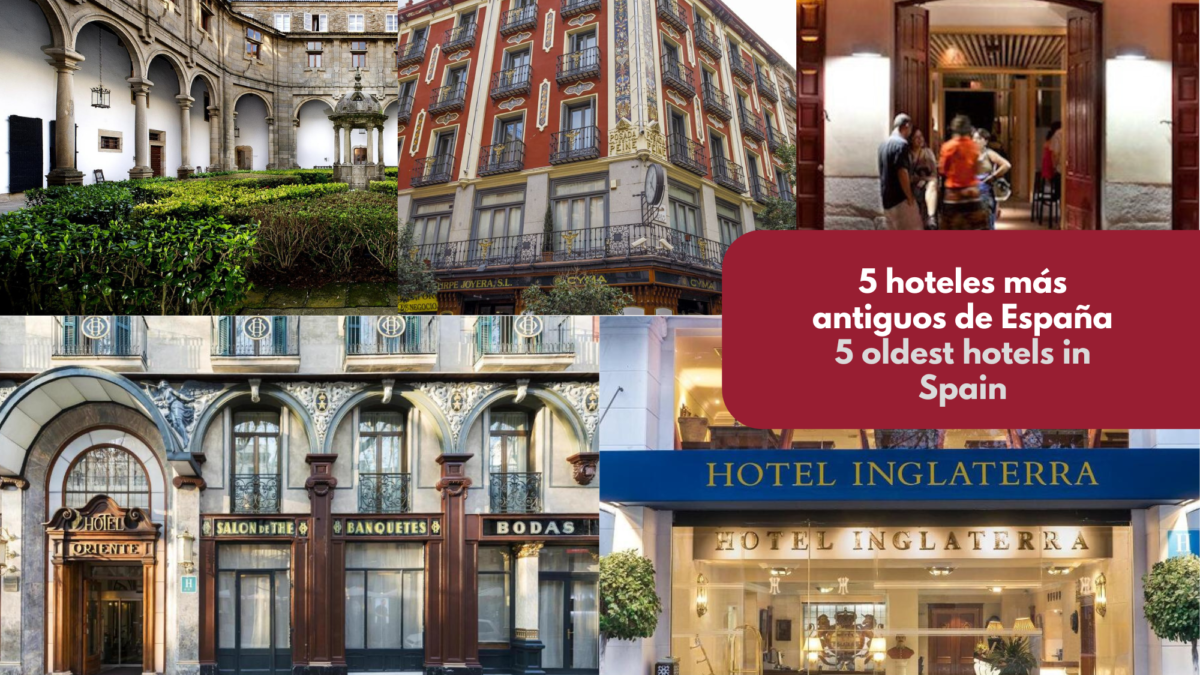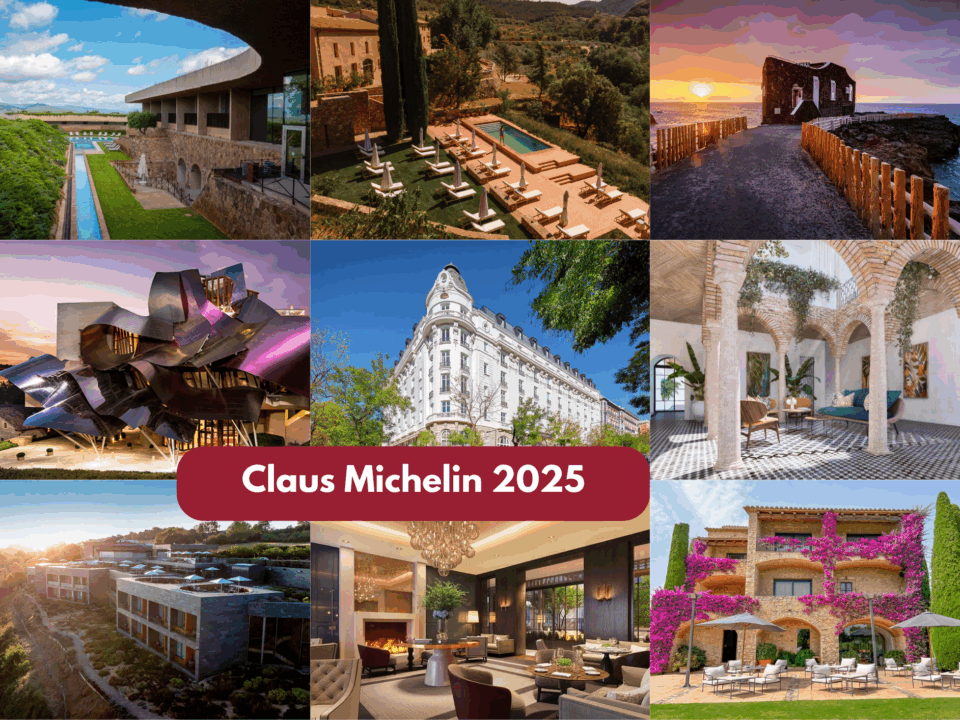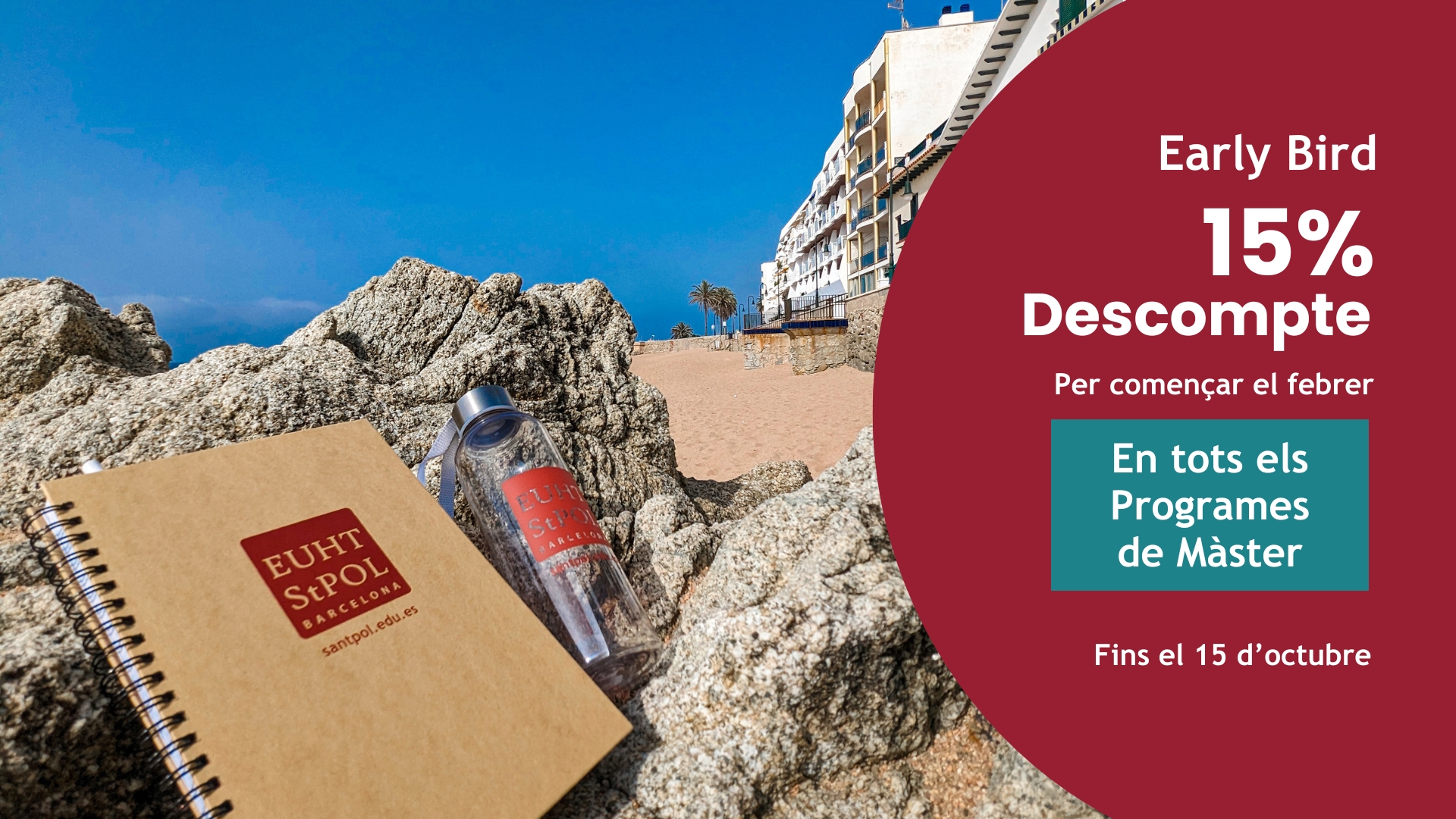
Així ha estat la #stpolexperience del nostre alumnat que ha finalitzat els seus estudis a EUHT StPOL – Promoció 2024-2025
8 agost, 2025
Erasmus | Així està vivint l’Estela la seva experiència a Finlàndia
24 setembre, 2025
Did you know when Spain’s first hotels were established? In this article, we’ll tell you where they’re located, when they were founded, and how they got their start.
Spain is home to some of the most historic hotels in Europe—buildings that have witnessed centuries of change, hosted royalty, artists, and adventurers, and evolved from simple inns to fully modern accommodations. Some of these establishments were originally hospitals, convents, or coaching inns, later transformed into elegant hotels that continue to welcome guests today.
Whether you’re a history lover, a traveler looking for unique stays, or simply curious about the origins of Spanish hospitality, this journey through the oldest hotels in the country will take you from medieval Galicia to vibrant Madrid, and from the heart of Barcelona to the historic center of Seville. Each hotel on this list offers not only a place to sleep, but also a chance to experience centuries of stories within its walls.
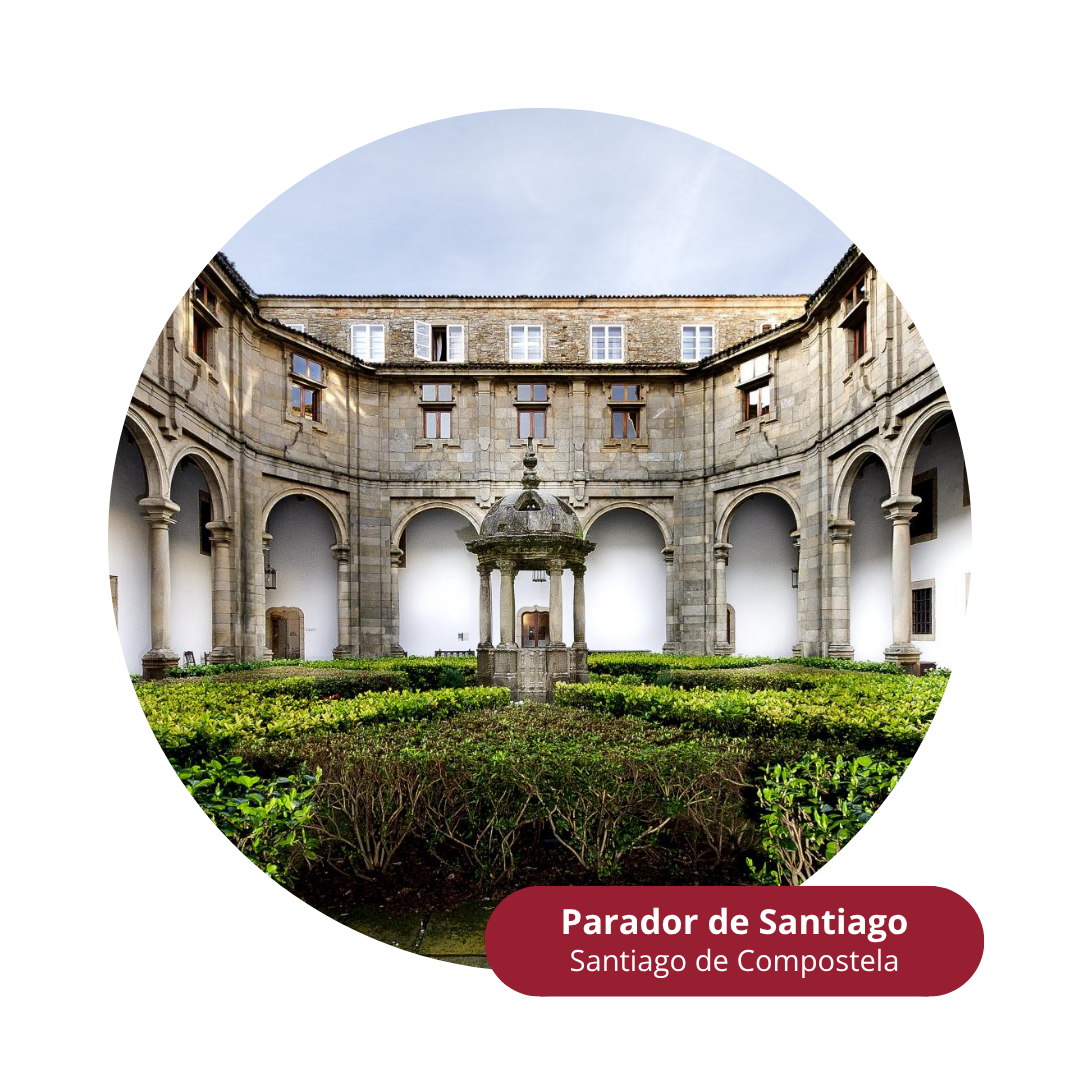
1. Parador de Santiago
Santiago de Compostela, Galicia
Also considered the oldest hotel in the world, it was founded in 1499, shortly after the Catholic Monarchs made their pilgrimage along the Camino de Santiago. Years later, they ordered the construction of a new pilgrim hospital in Santiago de Compostela, Galicia. Today, it operates as a hotel, although it has preserved its original façade, where you can see a frieze of the twelve apostles and carvings of the Catholic Monarchs, among other artistic elements.

2. Petit Palace Posada del Peine
Madrid
This inn is considered the oldest hotel in Madrid. It opened in 1610 and remained in service for over three centuries, until it closed in the 1970s. In 2006, it reopened as a fully renovated boutique hotel, preserving some of its original charm and history, such as the pine staircase and the clock on its façade. It also kept its original name, which comes from the fact that rooms used to include a comb tied with a string to prevent it from being stolen.

3. Hotel Posada del Dragón
Madrid
Dating back to the 17th century, this hotel originally operated as a traditional inn and tavern. It mainly hosted muleteers, merchants, and travellers entering the city through the Puerta de Toledo. After centuries of service, it ceased operating as an inn in the 20th century, but reopened as a modern hotel in 2011. Its name comes from the forged iron dragon that adorned its façade. Though the building was renovated, decorative references to the dragon can still be found throughout the hotel’s design and atmosphere.
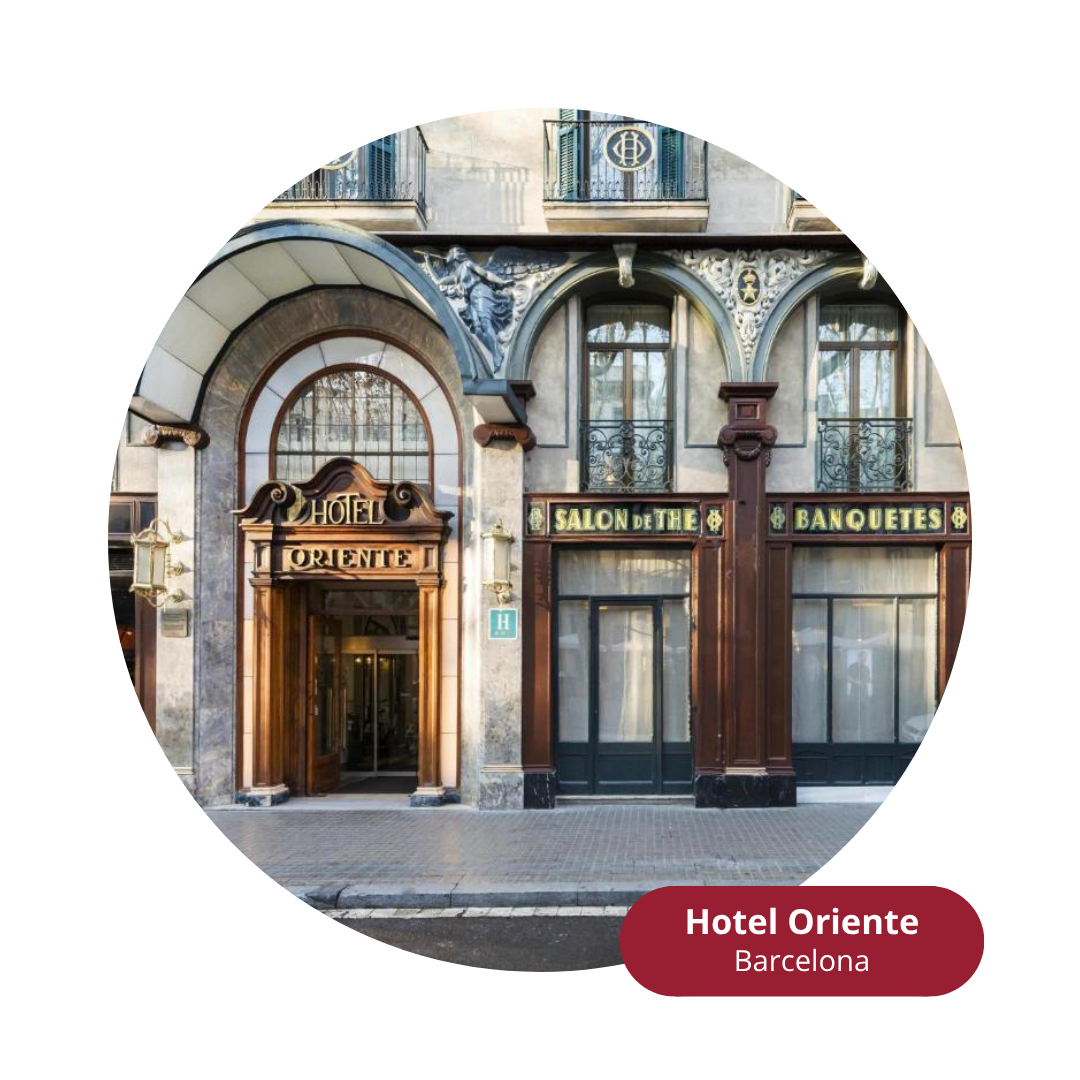
4. Hotel Oriente
Barcelona
Considered the first hotel in the city of Barcelona, it was founded in 1842. Located on Las Ramblas, in the heart of the city, it is one of Barcelona’s most iconic hotels and has hosted major celebrities like Hans Christian Andersen and Errol Flynn. The building was originally a Franciscan school, and it was the first hotel in the city to introduce gas-powered lighting. Today, it still retains historical features, such as the original entrance door, now protected by a canopy.

5. Hotel Inglaterra
Seville
This is the oldest hotel in Seville still in operation. It was inaugurated in 1857 under the name "Fonda Inglaterra". It was considered a modern hotel for its time and hosted prominent historical figures such as Alfonso XIII, General Prim, and even The Beatles. Thanks to its strategic location in front of Seville’s City Hall, it became one of the city’s most iconic hotels, attracting mainly British and French guests.
Historic buildings turned into hotels
While we’ve covered the oldest hotels in Spain, there are also two notable hotels that, although recently opened, are housed in buildings with centuries of history: Parador de Santo Estevo and Parador de Alcalá de Henares.
In the first case, the building that now houses the Parador de Santo Estevo is considered the oldest building currently used as a hotel in Spain. Although the hotel opened in 2004, the original structure is a Benedictine monastery dating back to the 10th century. It features Romanesque, Gothic, and Renaissance architecture and is surrounded by forests and the natural beauty of Galicia’s mountains.
In the case of the Parador de Alcalá de Henares, the building was originally a 17th-century Franciscan convent, converted into a parador in 2009. It was founded in 1629 by the Franciscan Order as a convent and school for novices and friars. In 2009, it was transformed into a hotel after a complete restoration and architectural transformation.


